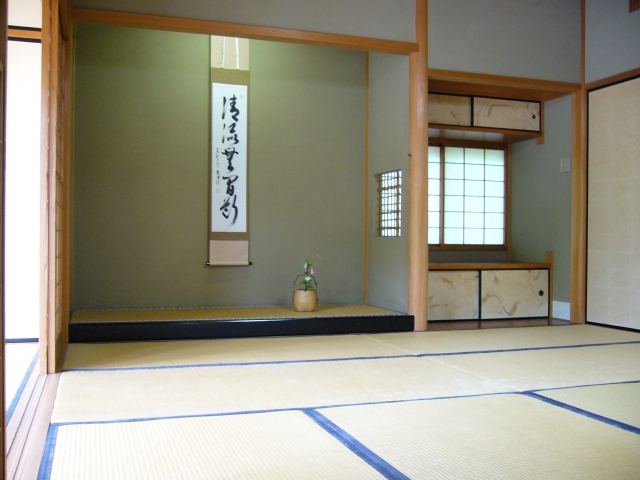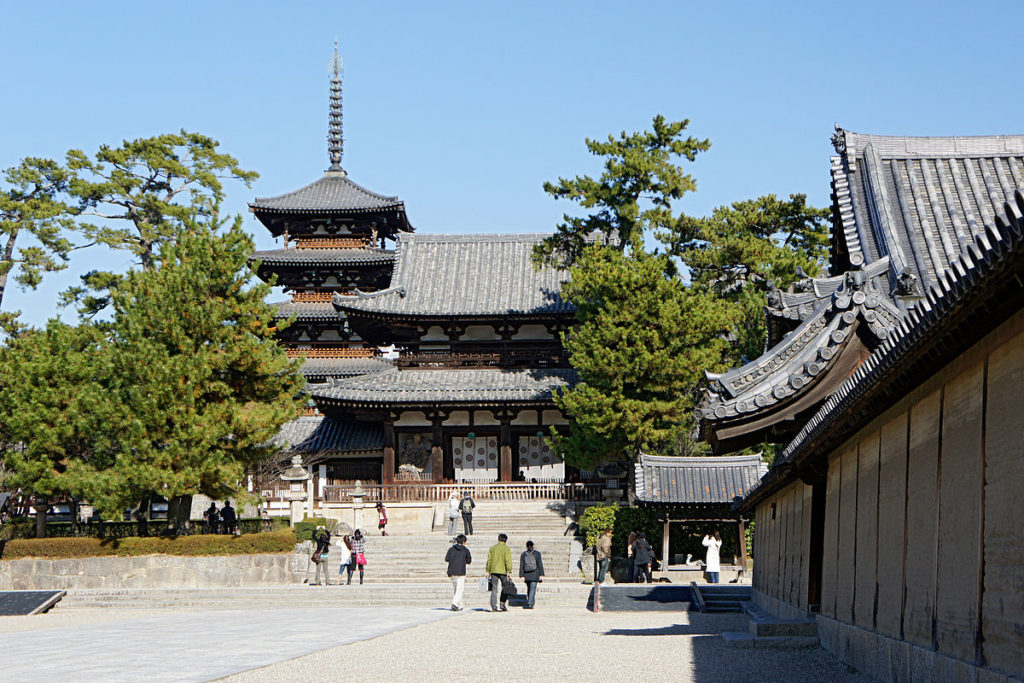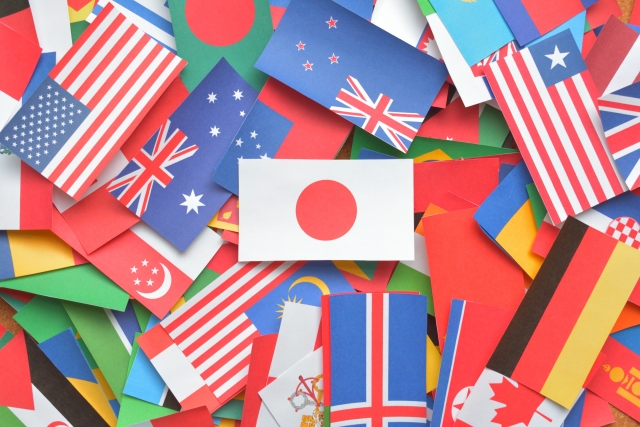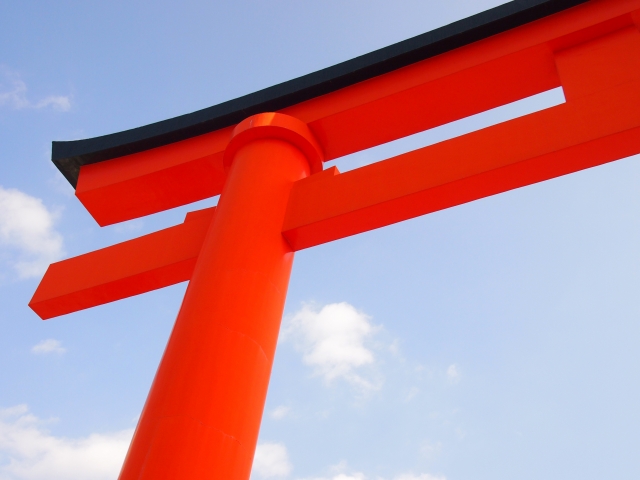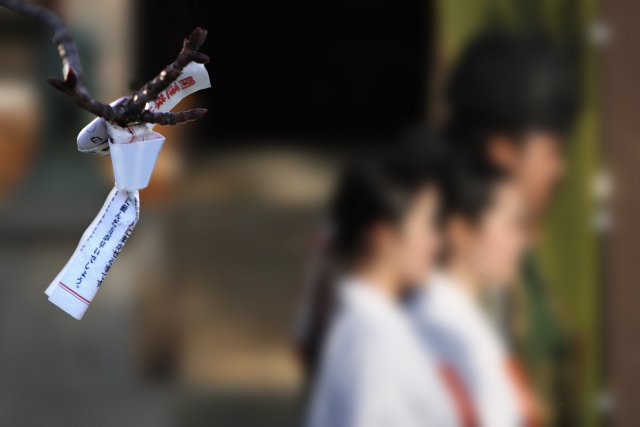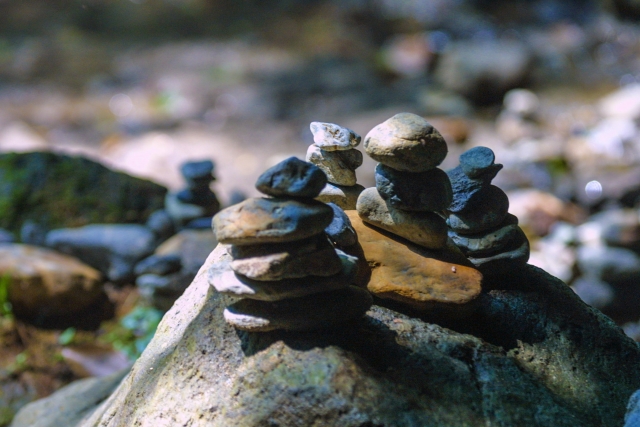
The “Kojiki” was compiled in 712 and contains articles on the emperor Suiko from the creation of the world (Japanese mythology).
It is generally considered to be the oldest extant Japanese history book.
We will briefly tell you about the worldview conveyed by “Kojiki”.
According to the statistics, there is a high number of Japanese people who think of themselves as “non-believers”, however it is different from “atheism” which means no god.
The word “Kami” in Japan is not “God” but is used in the sense of “the reason of nature”, so it is described as “Kami”.
“How was heaven and earth created?” Not written.
It only notes that when the heavens and earth first appeared, the first “kami” became.
Heaven and earth = outer space.
It tells us that outer space was not created by “kami”, but that the “kami” appeared after it was created.
Describes how “kami” is made
In what order and against what background did “Yaoyorozu-kami” consist? tells.
“Yaoyorozu” is equal meaning as “extremely many, close to infinite numbers”.
“kami” is also imperfect and grows
“kami” is also portrayed as imperfect and growing.
The “Amaterasu-oomikami” is also depicted as growing up.
“Shirasu” and “Ushihaku”
It is written in the “Myth of Cession” section.
- “Shirasu”
Governing to share information and define each other’s necessary roles, and governing in unity and cooperation with others to build a nation. - “Ushihaku”
A rule that reigns over a territorial territory and reigns over its citizens privately.
It makes sense like this.
Unfortunately, the year of formation of the “Kojiki” is taught in school education, but there is no opportunity to be taught about its contents.
We recommend you to read “Kojiki” as the oldest history book and mythology in Japan.


